Acerola
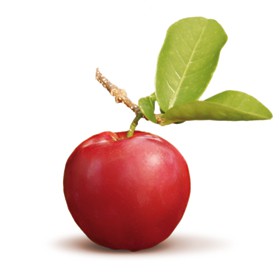
Malpighia emarginata, glabra e punicifoglia
Acerola is the fruit of some species whose origin is in Central America and have found in the Nordeste of Brazil an ideal region where to grow. The fruit of acerola has a fast development cycle and, when ripe, reaches a weight of about 10g. There exist many different varieties, with differentiated characteristics, both in terms of appearance and nutritional values.
Its redish pulp has a pleasantly acid taste that is appreciated by most consumers.
With the exception of camu camu, it is the fruit with the highest known content of vitamin C: its known varieties contain between 600mg and 2000mg of vitamin C per 100g of pulp., which corresponds to between 10% and 30% of the dry substance of this fruit. These concentrations are between 12 and 40 times those of oranges and 9 to 30 times those of kiwi! Finally, vitamin C is not only present in acerola at such exceptional levels, but it is also much more bioavailable than synthesized ascorbic acid contained in dietary supplements.
Chemical-Physical and Nutritional average values for 100g
Nutritional properties
| Values per 100g | NRV* % | |
|---|---|---|
| Energy | 32 Kcal - 197 kJ | |
| Proteins | 0,6 g | |
| Carbohydrates | 5,0 g | |
| Fats | 0,3 g | |
| Vitamin C | 1000 mg - 1667% RDA | |
| β-carotene | 0,450 mg - 75 RE | |
| ORAC | 5000 µmol TE |
Chemical-physical properties
| Values per 100g | |
|---|---|
| Total solids | 8 g |
| Soluble Solids | 7 °Brix |
| Acidity (Citric Acid) | 0,9 g |
* NRV = Nutrient Reference Values








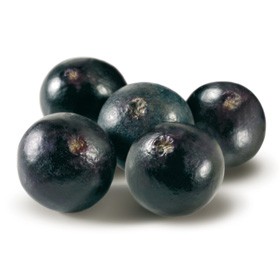
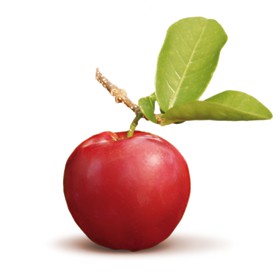
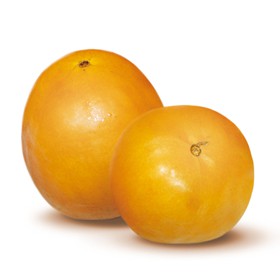
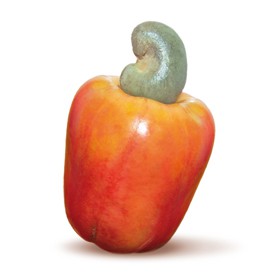
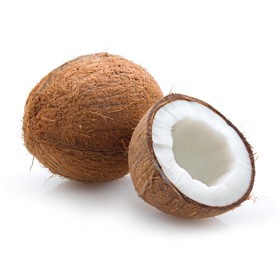
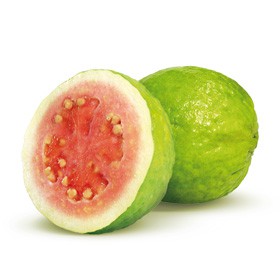
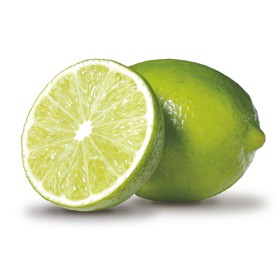
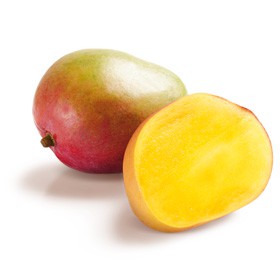
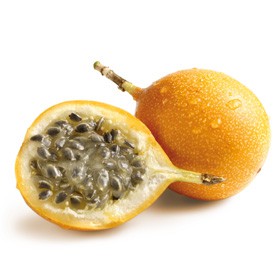
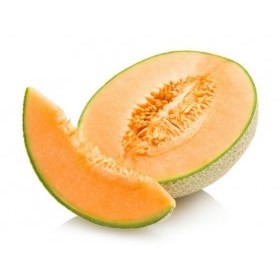
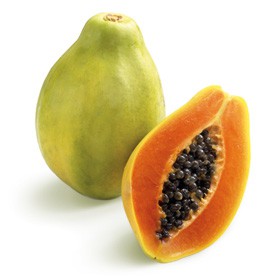
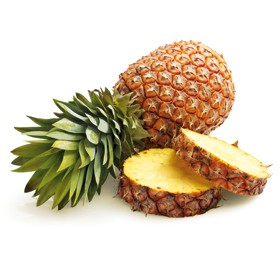
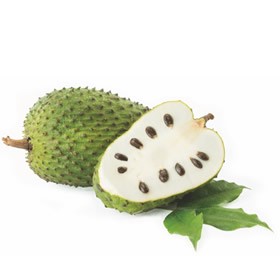
 Facebook
Facebook Instagram
Instagram